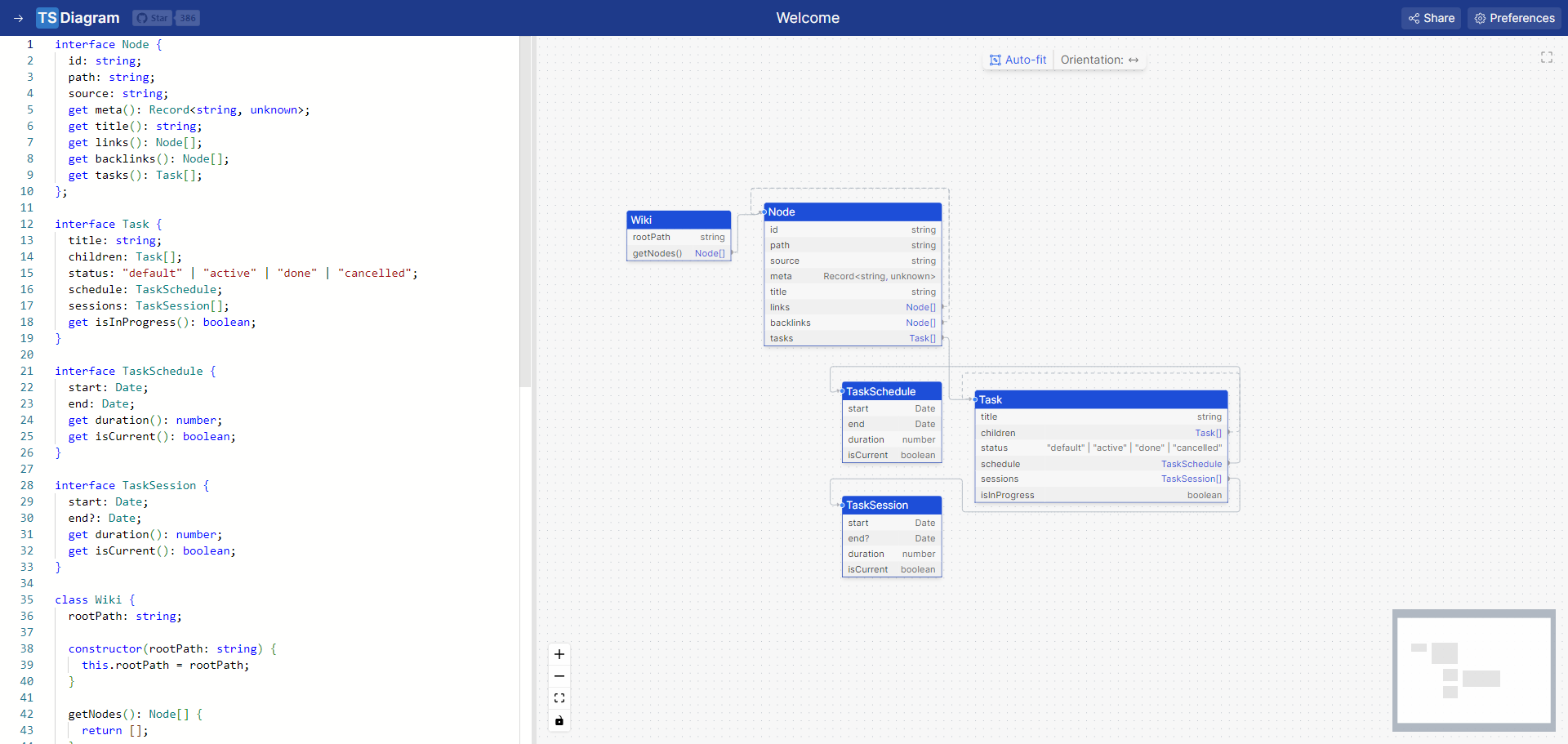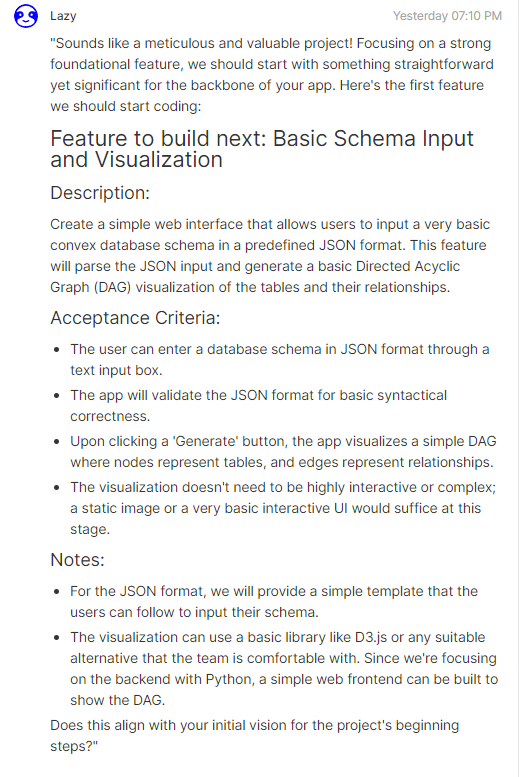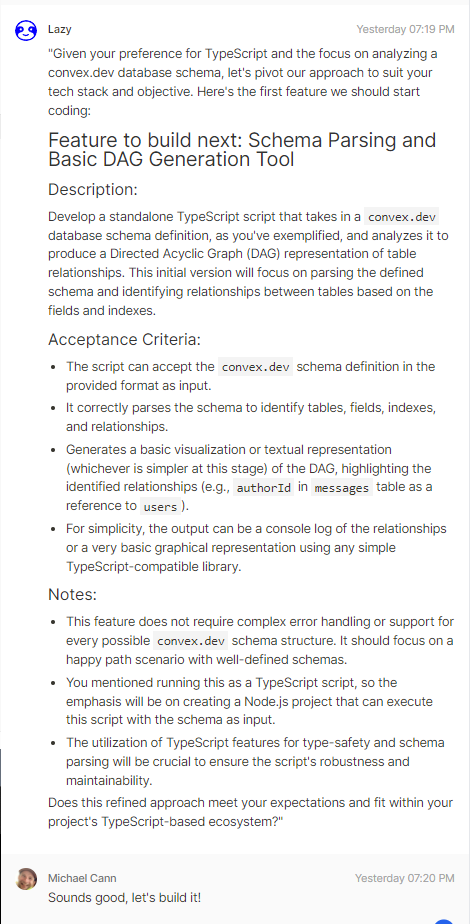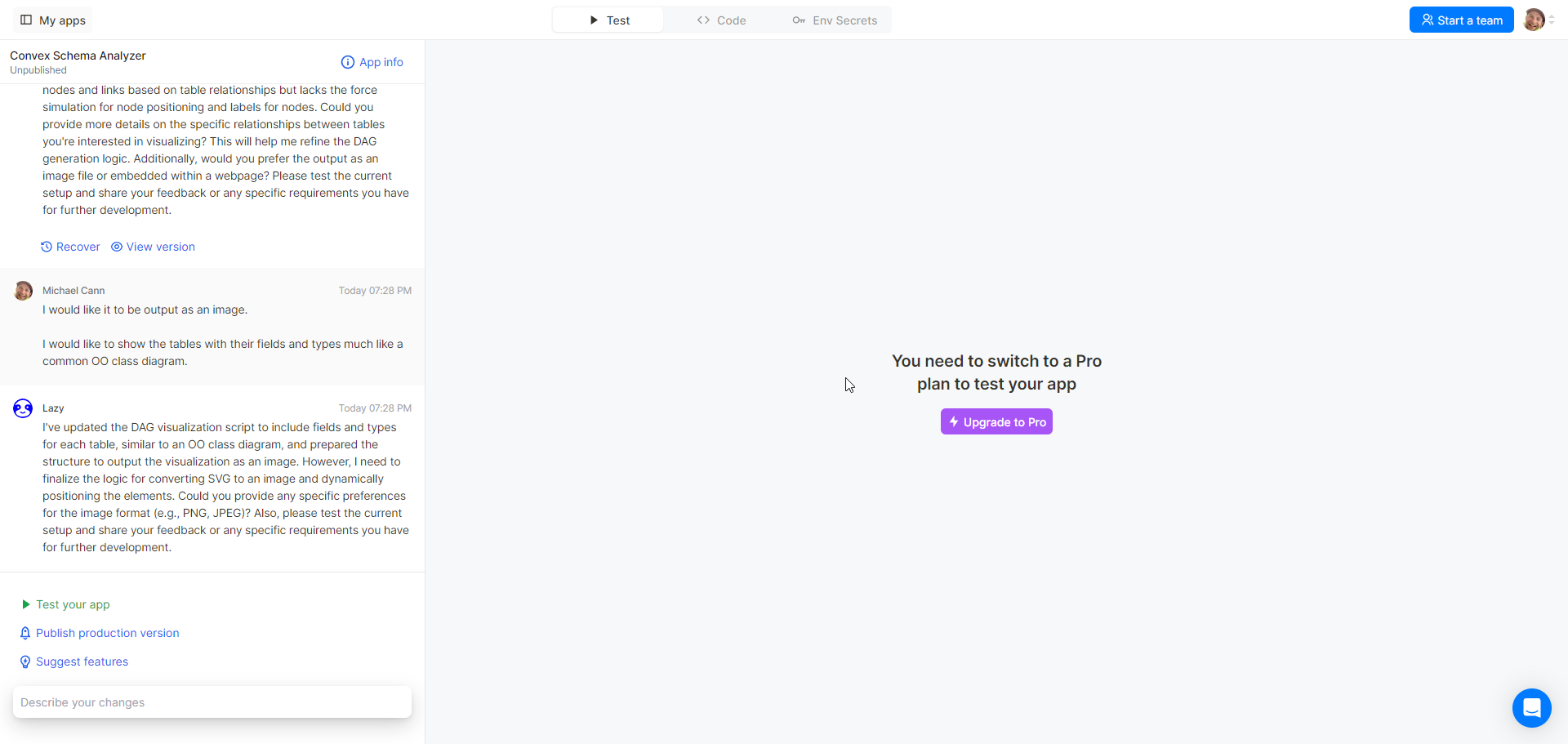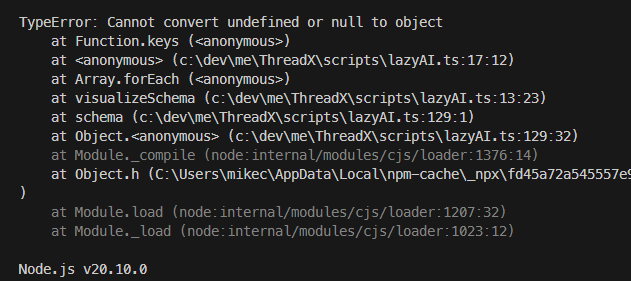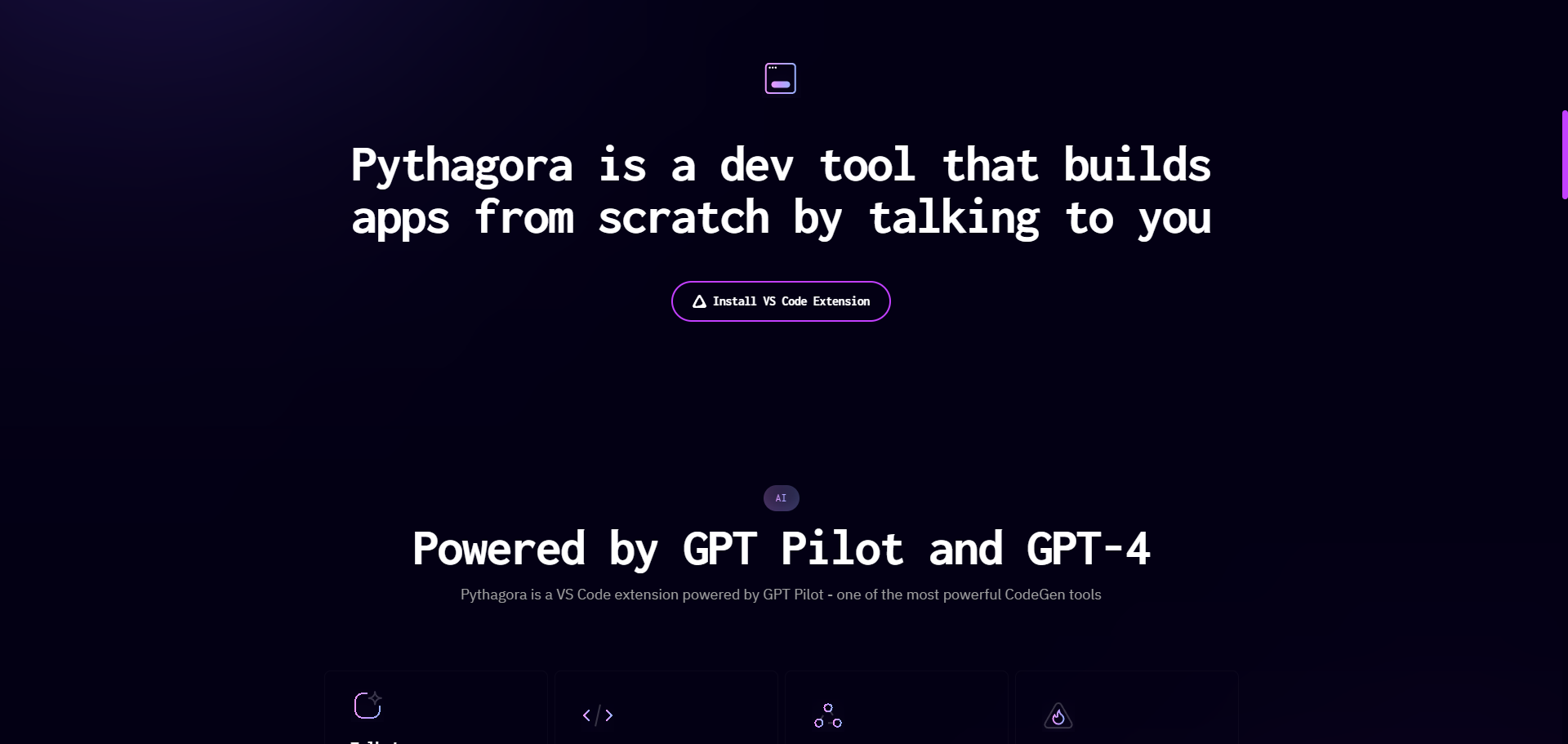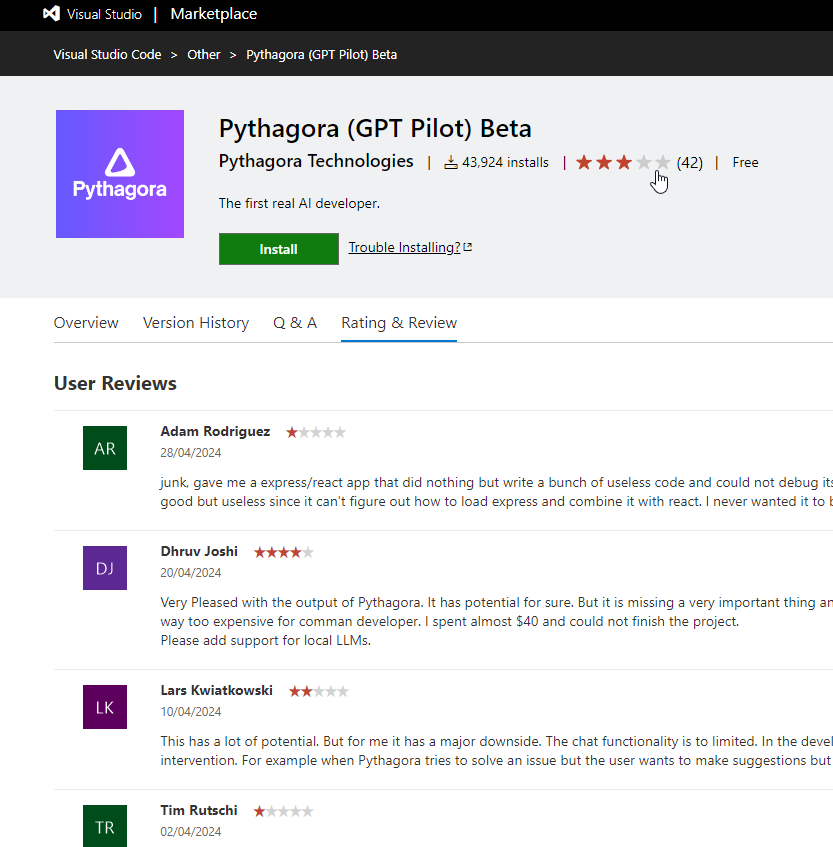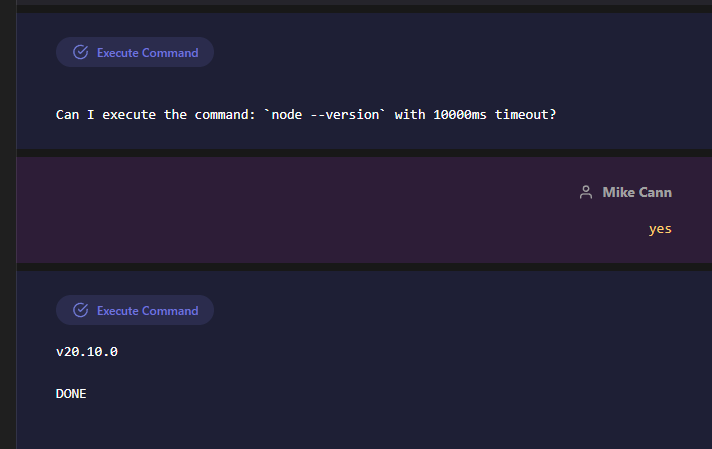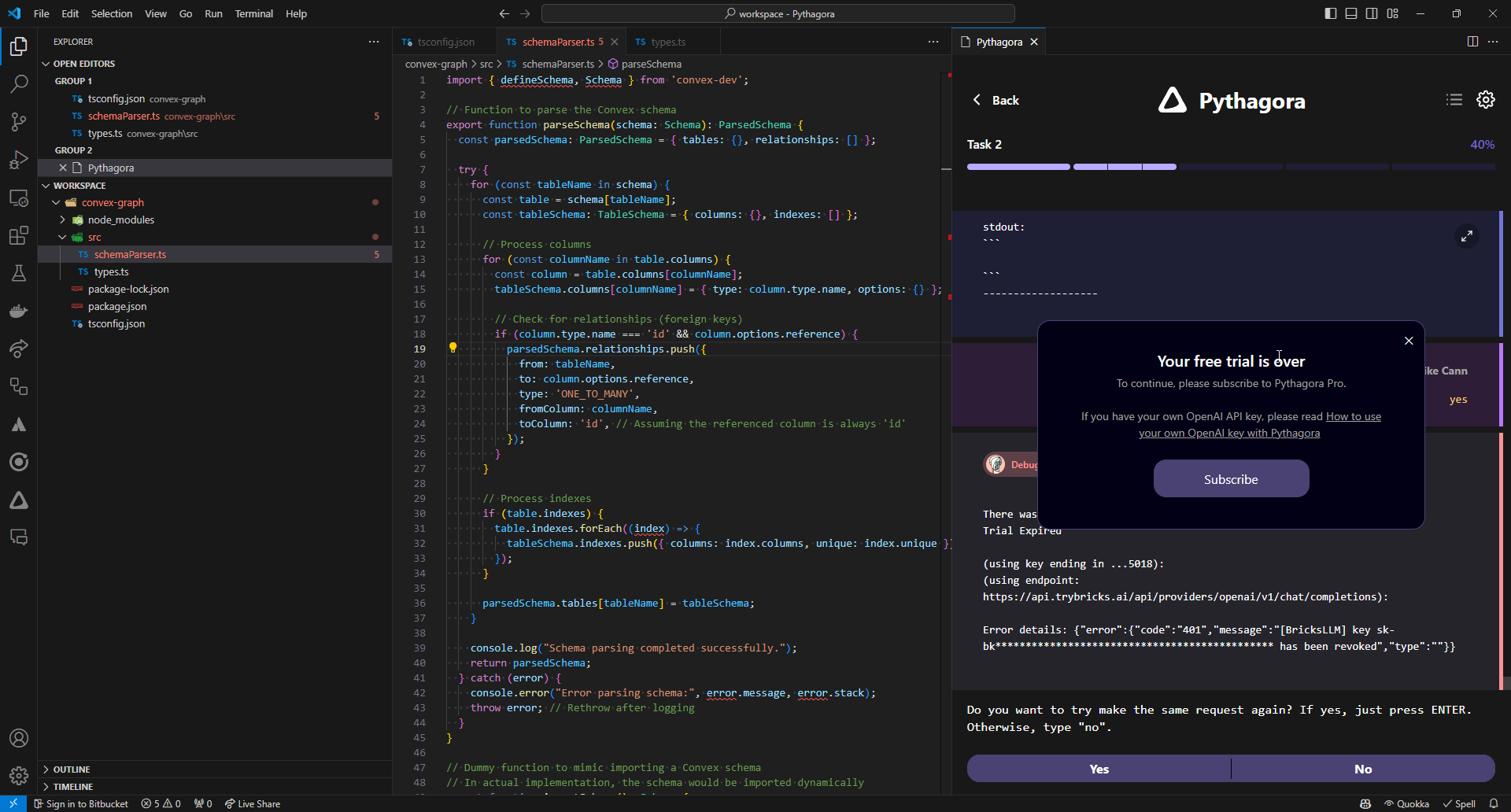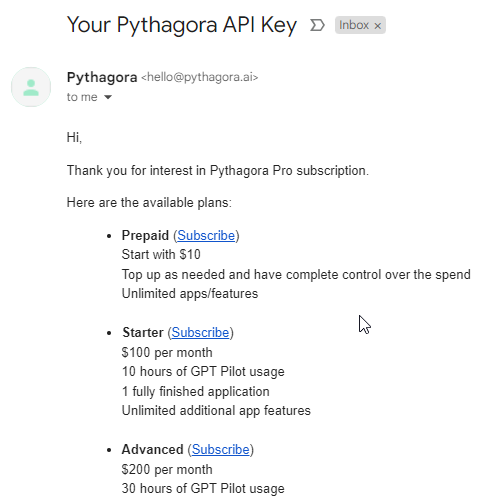
Tinkering With AI App Generators - LazyAI, Pythagora.ai
As is rapidly becoming a trend in my tinkering adventures, today's post chronicles a bit of a failed adventure. But that's okay, it's always good to explore and learn, particularly in the rapidly evolving field of AI.
LazyAI
There are a lot of these text-to-app startups around at the moment. One of the most famous is Devin from Cognition.ai. That one is not available yet, but I wanted to explore another one that has been getting some buzz lately: Lazy.ai.
Its tagline is "Idea to software 10X faster." Let's see how it does.
The Project
As I am a massive Convex.dev fan, I knew it had to be something Convex related. I felt like this could be tough for the AI, as Convex is not as well-known yet, and so the LLM may not have as much pre-trained knowledge.
Something I had wanted to experiment with for a while was some sort of visualization for Convex database schemas so you can see the relationship between tables and types. I was imagining some sort of class diagram:
Or even better, a program that can generate the diagram dynamically such as TSDiagram.
LazyAI Conversation
So, with that, I entered the following prompt into LazyAI:
I would like to build an app that takes in a convex database schema and generates a Directed Acyclic Graph of the relationships between the tables and types.
It came back with a helpful plan of attack.
I felt like maybe I was being a bit tough on it, so I gave it a bit more info:
My project is TypeScript based. I want to be able to run this tool as a TypeScript script and have it analyze the convex.dev database schema that I give it. For example:
const schema = defineSchema({ messages: defineTable({ authorId: v.id("users"), body: v.string(), likes: v.int64(), replies: v.int64(), isReplyToMessageId: v.optional(v.id("messages")), imageId: v.optional(v.string()), }).searchIndex("search_by_body", { searchField: "body", filterFields: ["authorId"], }), users: defineTable({ handle: v.string(), name: v.string(), pictureUrl: v.union(v.string(), v.null()), tokenIdentifier: v.string(), }) .index("by_token", ["tokenIdentifier"]) .index("by_handle", ["handle"]), lists: defineTable( v.union( v.object({ kind: v.literal("all_messages"), ownerId: v.id("users"), name: v.string(), }), v.object({ kind: v.literal("search"), ownerId: v.id("users"), name: v.string(), query: v.string(), includeReplies: v.boolean(), }) ) ).index("by_ownerId", ["ownerId"]), likes: defineTable({ likerId: v.id("users"), messageId: v.id("messages"), }) .index("by_likerId", ["likerId"]) .index("by_messageId", ["messageId"]) .index("by_messageId_likerId", ["messageId", "likerId"]), });
The response it came back with was:
I felt like that was actually a reasonable plan and told it to go ahead.
Now, the way the app works is that it's split into three parts: Test, Code, and Env Secrets.
So in theory, I should be able to test the output it generates. Well, this is where things unfortunately start to go off the rails a bit because to test (even your first project), you need to sign up for a pro membership.
Which I would have been happy to do if I felt like the tool was going to give me some value, but the pricing scared me off.
$39.89 per month just to see if the code works and then usage costs on top of that?! No chance I was going to pay that just to check it out.
So after a little bit more back and forth with the AI, I decided to take a look at the code and copy it into VSCode to see if I could get it to run myself.
Well, unfortunately, I was to be disappointed again.
There was no chance this code would compile or even run. There are TypeScript type errors all over the place and the imports wouldn't work from the wrong packages, etc.
I tried to give it the benefit of the doubt though and fixed the compile errors and import errors and tried to run it. Sure enough, no dice.
LazyAI Conclusion
It's not ready yet. I think the task I gave it was quite tricky and maybe I was asking too much, but I think I was willing to give it the benefit of the doubt until I saw the pricing for it. Then my sympathy evaporated.
Fortunately, there are a lot of these "AI Project Generation" projects out there and as I still had a bit of time left to tinker, I thought I would give another one a go.
Pythagora.ai
This one touts itself as a "dev tool that builds apps from scratch by talking to you." Sounds great, let's give it a shot.
This one works a little differently. It is a VSCode extension that you need to install from the store. So I headed over there and immediately was discouraged to see that it was only 3 stars out of 5. I was not off to a good start.
After a bit of a confusing setup (you have to first install another tool, gpt-pilot apparently) I had it working.
(just a side note, having an AI running on my local system from an unknown developer with full access makes me kind of nervous.)
This time I was a little more generous with the initial prompt:
I would like to build a Node.js TypeScript app that takes in a convex.dev database schema and generates a graph of the relationships between the tables and types.
I want to be able to run this tool as a TypeScript script inside of my convex project and have it analyze the convex.dev database schema that I give it.
I want the output to be an image that looks like something like a class diagram from classic UML.
This is an example convex schema:
const schema = defineSchema({ messages: defineTable({ authorId: v.id("users"), body: v.string(), likes: v.int64(), replies: v.int64(), isReplyToMessageId: v.optional(v.id("messages")), imageId: v.optional(v.string()), }).searchIndex("search_by_body", { searchField: "body", filterFields: ["authorId"], }), users: defineTable({ handle: v.string(), name: v.string(), pictureUrl: v.union(v.string(), v.null()), tokenIdentifier: v.string(), }) .index("by_token", ["tokenIdentifier"]) .index("by_handle", ["handle"]), lists: defineTable( v.union( v.object({ kind: v.literal("all_messages"), ownerId: v.id("users"), name: v.string(), }), v.object({ kind: v.literal("search"), ownerId: v.id("users"), name: v.string(), query: v.string(), includeReplies: v.boolean(), }) ) ).index("by_ownerId", ["ownerId"]), likes: defineTable({ likerId: v.id("users"), messageId: v.id("messages"), }) .index("by_likerId", ["likerId"]) .index("by_messageId", ["messageId"]) .index("by_messageId_likerId", ["messageId", "likerId"]), });
Then followed a plan that the AI came up with and interestingly, it asks me before it runs commands:
Ughh, it seems like it gets stuck quite easily though when something isn't installed that it needs:
[
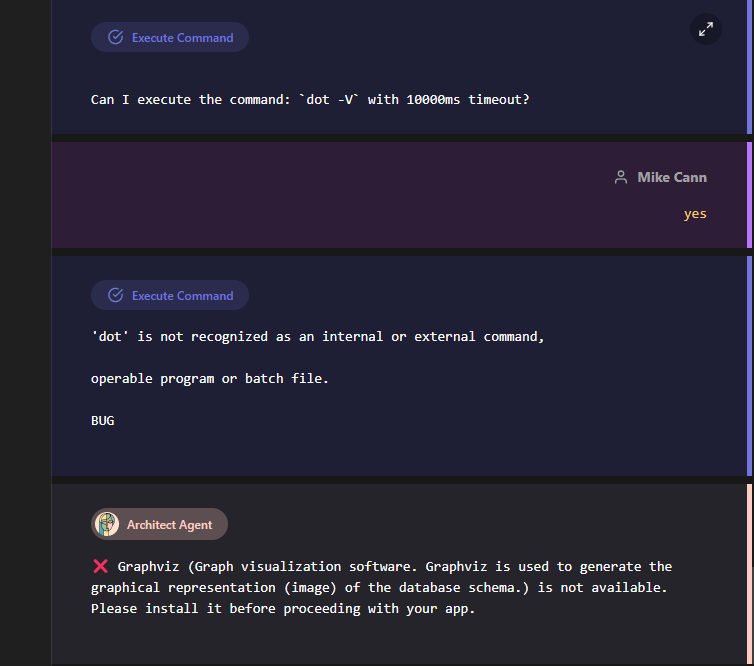 ](./pydot.png)
](./pydot.png)
I didn't want to install anything else right now, so I just clicked past it.
It seemed to continue just fine, then began installing a bunch of Node packages and setting up a TypeScript project for me, which was kind of nice.
It stops every now and then to check with you to make sure everything is looking good, which is nice.
It started to generate some TypeScript. It looked like there were some errors, but I was starting to feel confident that it might be able to debug its way out of it. Then I hit:
Fortunately, their pricing is much more reasonable than LazyAI and even lets you use your own OpenAI keys!
I was keen to see where this went, so I decided to spend $10 (and tip the developer) to find out.
I put together this little video to give you a sense of what the process feels like:
Unfortunately, as can be seen from the video, the code is very broken and would not run even if I followed the instructions they gave me.
Conclusion
Unfortunately, I had now run out of time to tinker with this any more, but I felt like it was possible that I could have gotten to something usable with Pythagora, which I didn't think was likely with LazyAI.
Could I build a graph visualization faster myself? Probably, but that's not the point. The point is that I can potentially hand this task off to my "junior developer" and have them work on it for me while I do something else, like touching grass for example (ewww).
So my takeaway is that it's not ready yet, at least these two aren't ready.
LazyAI has a long way to go, but I think I do prefer the running code in an online sandbox process over Pythagora's run the code on your local system approach, which quite frankly makes me nervous.
Running in a sandbox also means that the AI doesn't have to continually pause to ask me if it's okay to run a command (like Pythagora does), as it can simply run it without fear of damaging the underlying operating system.
I am looking forward to future versions of App Generators. In particular, Devin looks very promising and also runs in a sandbox-like environment. I added myself to their waitlist, so stay tuned. I may well revisit this in a future blog post!


